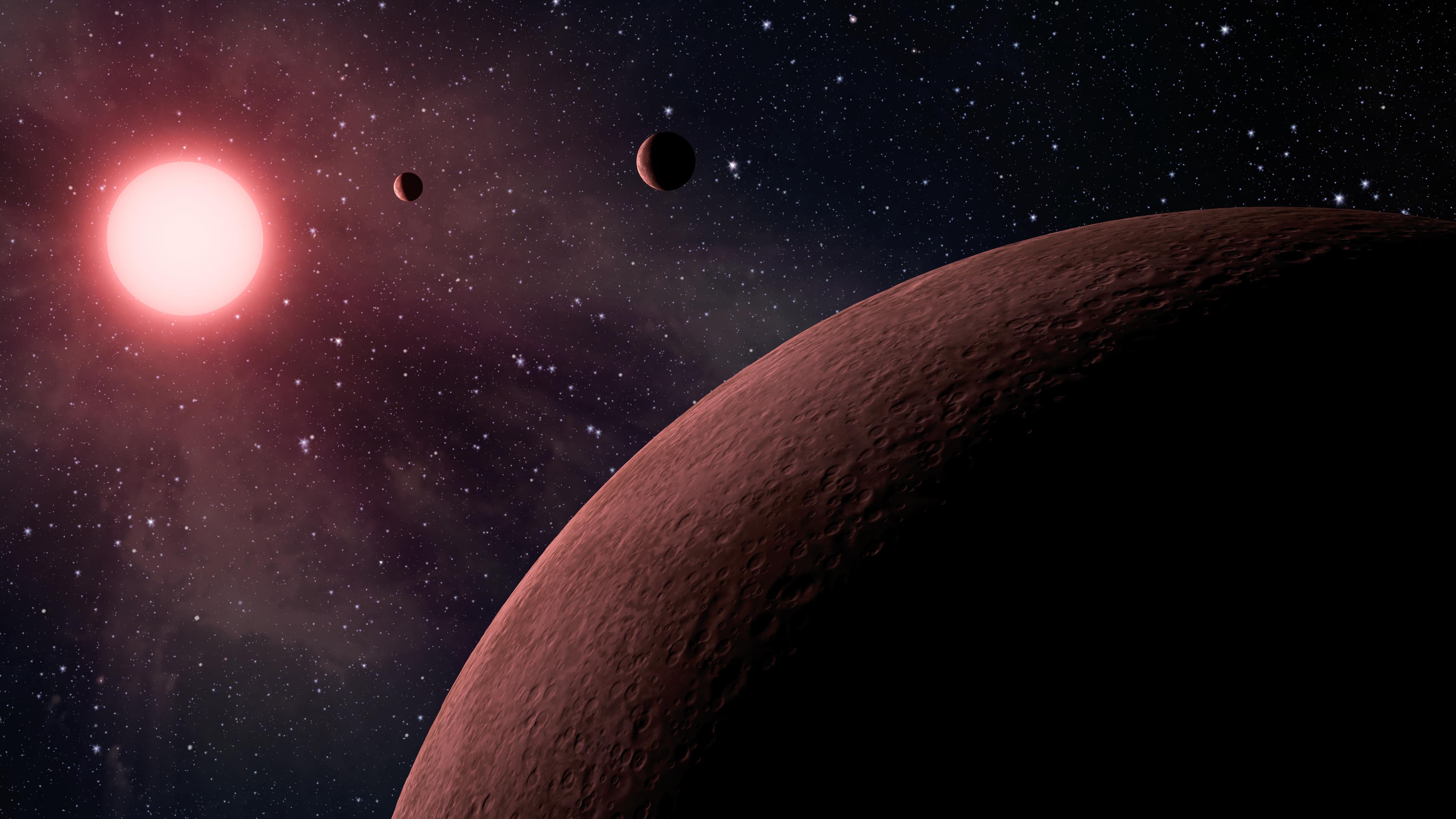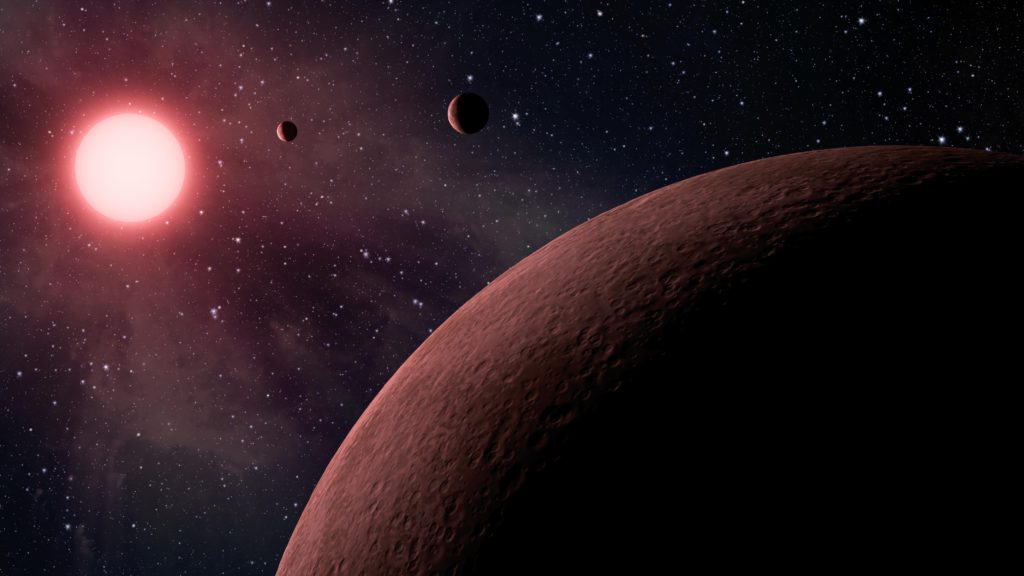NASA finds 10 “near-Earth” size planets: Highlights

NASA astronomers have discovered 219 new planet candidates, 10 of which are near-Earth size and habitable ones.

National Aeronautics and Space Administration (NASA) astronomers, using the Kepler space telescope, have discovered 219 new planet candidates, 10 of which are near-Earth size and habitable ones.
Here are the highlights of the discovery:
1. NASA on Monday (June 19) announced that its Kepler space telescope team has released a mission catalog of planet candidates, including 219 new planet candidates.
Out of these, 10 are near-Earth size and orbiting in their star’s habitable zone, which is the range of distance from a star where liquid water could pool on the surface of a rocky planet.
2. NASA said this is the most comprehensive and detailed catalog release of candidate exoplanets, which are planets outside our solar system, from Kepler’s first four years of data. “It’s also the final catalog from the spacecraft’s view of the patch of sky in the Cygnus constellation,” the agency said.
3. With the release of this catalog, Kepler has now identified a total of 4,034 planet candidates. Out of these, 2,335 have been verified as exoplanets. So far, of roughly 50 near-Earth size habitable zone candidates detected by Kepler, more than 30 have been verified.
4. Results using Kepler data suggest two distinct size groupings of small planets. Both results have significant implications for the search for life.
5. NASA announced: “The final Kepler catalog will serve as the foundation for more study to determine the prevalence and demographics of planets in the galaxy, while the discovery of the two distinct planetary populations shows that about half the planets we know of in the galaxy either have no surface, or lie beneath a deep, crushing atmosphere – an environment unlikely to host life.”
6. The Kepler space telescope hunts for planets by detecting the minuscule drop in a star’s brightness that occurs when a planet crosses in front of it, called a transit.
7. “The Kepler data set is unique, as it is the only one containing a population of these near Earth-analogs – planets with roughly the same size and orbit as Earth,” said Mario Perez, Kepler program scientist in the Astrophysics Division of NASA’s Science Mission Directorate.
“Understanding their frequency in the galaxy will help inform the design of future NASA missions to directly image another Earth.”
————————————–
You may like to read
8. It seems that nature commonly makes rocky planets up to about 75% bigger than Earth. For reasons scientists don’t yet understand, about half of those planets take on a small amount of hydrogen and helium that dramatically swells their size, allowing them to “jump the gap” and join the population closer to Neptune’s size.
9. Using the W. M. Keck Observatory in Hawaii, the group measured the sizes of 1,300 stars in the Kepler field of view to determine the radii of 2,000 Kepler planets with exquisite precision.
“We like to think of this study as classifying planets in the same way that biologists identify new species of animals,” said Benjamin Fulton, doctoral candidate at the University of Hawaii in Manoa, and lead author of the second study.
“Finding two distinct groups of exoplanets is like discovering mammals and lizards make up distinct branches of a family tree.”
10. The Kepler spacecraft continues to make observations in new patches of sky in its extended mission, searching for planets and studying a variety of interesting astronomical objects, from distant star clusters to objects such as the TRAPPIST-1 system of seven Earth-size planets, closer to home.












































